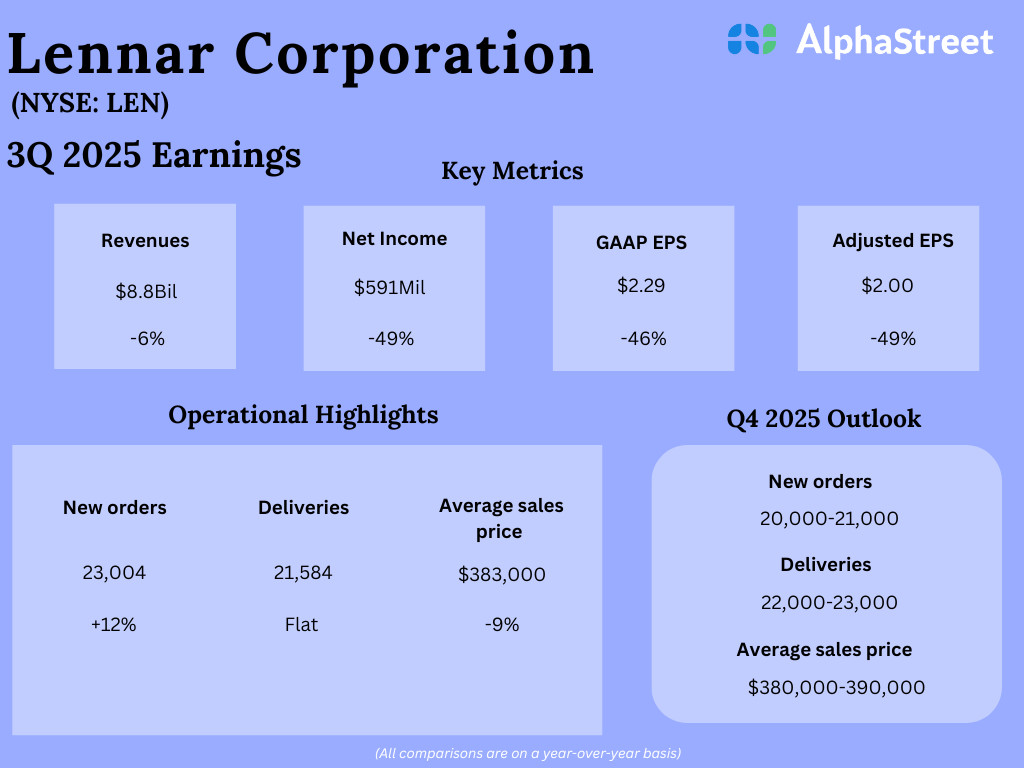The Federal Reserve meets next Wednesday to decide its next move on interest rates.
In that meeting, it will quickly become clear how stuck “between a rock and a hard place” they are…
And the damaging impact it will have on the portfolios of millions of investors.
What’s even worse… The bank crisis of the last week didn’t cause this.
This was brewing well before the second- and third-largest bank failures in U.S. history … though those events are now making the Fed’s no-win proposition even tougher.
However, just because the Fed is screwed, doesn’t mean you have to be.
Today, I’ll show you the simplest portfolio to protect yourself from the Fed I’ve ever seen. It’s designed to preserve wealth through good times and bad, without giving up much of the gains we see when times are good.
If you act now, it will position you to survive 2023 and 2024, no matter what the Fed does next…
But first, let’s dissect the Fed’s “rock and a hard place” and exactly how it impacts you.
The Folly of the Dual Mandate
The Fed has two priorities, which it calls the dual mandate*:
- Don’t let “inflation” get out of hand. Too high or too low is bad. Keep it Goldilocks (i.e. 1% to 2%).
- Don’t let the “economy” get out of hand. It shouldn’t get too “hot,” but the Fed should also “save it” from a too-sharp recession or depression.
*Technically, the dual mandate is “price stability” and “full employment,” but the above is what it boils down to.
Here’s the problem.
The Fed’s job is to keep both the economy and inflation in a “Goldilocks” range.
But the Fed only has one “tool” to do both jobs: raise or lower interest rates.
If the economy is running too hot, the Fed needs to cool it down a bit … by raising interest rates.
If inflation is running too high, the Fed needs to stamp it down … by raising interest rates.
And vice versa — the Fed can cut rates to jump-start a slow economy, or stem spiraling deflation.
In recent years and as always, the Fed was “too little too late.”
It let things get out of control with both the economy and high inflation … and is now trying desperately to use its one tool, interest rates, to restore order.
There are three key “players” in this story:
- A slowing economy.
- Stubbornly high inflation.
- The Fed.
And this scene from The Office is how I picture in my mind those three key players right now:
The Fed is in a three-way standoff with two formidable opponents: high inflation, and a slowing economy that is widely believed to be headed for recession.
The Fed can “shoot” inflation by raising interest rates. OR it can “shoot” the slowing economy by cutting interest rates. Problem is, shooting one opponent will piss off the other. And it can’t shoot both.
Rock, meet hard place:
- If the Fed hikes rates and keeps them elevated, it risks killing the economy and making the recession very painful, but…
- If the Fed cuts rates too quickly, it risks allowing inflation to roar back in a second and potential third wave, just like what happened in the 1940s and 1970s.
No one knows which “threat” the Fed will prioritize in neutralizing…
Prior to the bank-failure news flow of the past week, investors were convinced the Fed would raise rates once again. Odds of a 25-basis point hike were 60%, and a more aggressive 50-basis point hike was priced at 40% odds.
That all changed after the banks failed:
- Odds of a 50bps hike went to 0%.
- Odds of no hike — a “pause” — went from 0% to as high as 45% … and are now back to 13% as I write. What a whipsaw!
In short, speculation grew that the Fed will now worry about additional bank failures, and will ease its foot off the gas in terms of rate hikes.
Less aggressive rate hikes would, generally, be “bullish” for both the economy and stocks.
But it would also revive concern over the Fed’s inability to truly stamp out inflation once and for all.
With this additional bank-failure variable, no one knows what to expect of the Fed’s next move … and that will ratchet up volatility in stock prices, at least until the March 22 meeting.
But there’s a way to “opt out” of all this madness, and sit in a basket of investments you can be confident will perform well regardless.
It’s the most resilient portfolio structure I’ve ever come across … and I want to share it with you today.
The Permanent Portfolio
Despite being a successful investment advisor for 30 years, Harry Browne was virtually unknown when he published his first book, How You Can Profit from the Coming Devaluation, in 1970.
The one-sentence summary is:
“Recognizing the disastrous monetary policy of the U.S. government, he warned that the dollar would be devalued, inflation could be severe, and gold, silver and foreign currencies should skyrocket in value.”
Over the course of the 1970s, many of Browne’s warnings proved prescient.
The U.S. dollar lost considerable value, while the price of gold soared.
The tumultuous decade also led Browne to design the “Permanent Portfolio” for which he is now best-known.
It’s equal parts four assets:
- U.S. stocks.
- Gold.
- 30-year Treasury bonds.
- Cash.
You buy and hold it indefinitely, only rebalancing each allocation back to 25% once a year.
That’s it.
The portfolio was designed based on the idea that there are only two variables which drive the returns of each of the major asset classes (stocks, bonds, commodities and currencies):
- Economic growth — either the economy is growing (expansion), or it’s contracting (recession).
- Inflation — either prices are rising (inflation), or they’re falling (deflation).
That idea — that the direction of the economy and inflation drive everything — is vastly powerful.
It can extend beyond the four major asset classes, since those two variables also affect which stocks do best (and worst) in different environments.
I knew this when I developed my six-factor stock-rating model, which is able to detect which stocks are best-suited for each environment and adapt as the environments shift.
But I’m also a long-time fan of Harry Browne’s super-simple asset allocation portfolio.
See, the Permanent Portfolio is designed to include at least one asset that performs strongly in each of the major macro environments:
- Stocks outperform when the economy is expanding.
- Bonds do best when inflation is declining (i.e. “disinflation” or “deflation”).
- Gold (and commodities more generally) do best when inflation is high.
- Cash provides a safe-haven during recessions and depressions, but also offers “dry powder” for bargain purchases at the depths of those downdrafts.
You should think of this as a robust, all-season portfolio.
It should not be expected to outperform stocks, or a traditional 60/40 portfolio, in every market environment. In fact, the long-run return of this portfolio lags behind stocks and the 60/40 just a bit.
The benefit is that it can survive any market environment more robustly than the simple 60/40, and certainly better than the stock market, which gets absolutely creamed from time to time.
In short, the Permanent Portfolio is less volatile and suffers much milder drawdowns, relative to stocks and the 60/40 portfolio.
And, for what it’s worth, its robustness and adaptability releases investors from the burden of having to forecast what the economy or inflation will look like ahead … or, even better, from having to predict what the Federal Reserve will do next.
If you’re looking for a portfolio allocation that can resist the Fed’s meddling, Harry Browne’s Permanent Portfolio is a solid, sleep-well-at-night starting point.
But, before we wrap up, you should know one more thing.
Mike Carr Nailed This Call
If you’ve been reading The Banyan Edge lately, you know Mike Carr began warning of a Silicon Valley Shakeout a few weeks ago.
I’m not going to say Mike has a crystal ball. But I mean, come on…
Mike released this message less than a month before Silicon Valley Bank blew up and torched the ambitions of countless tech startups.
As he said yesterday — this is the beginning of the shakeout, not the end.
No matter what the Fed decides next week, tech companies have a major liquidity problem and no sources of funding to tap. They will very likely continue to fall apart.
Mike has been actively trading these companies to the downside using what he calls Shakeout trades. They’re as simple as recognizing weak tech stocks that have lured in overly optimistic investors, and using a specific kind of trade that profits as they fall.
Mike has his sights set on three such tech companies that are surely feeling the heat from the last week’s events. Go here to learn what they are, and how you can get involved.
Regards,
 Adam O’DellChief Investment Strategist, Money & Markets
Adam O’DellChief Investment Strategist, Money & Markets


Sometimes it seems like our banking system is incapable of improvement.
This week, First Republic Bank (FRB) — a regional bank with offices primarily in California — was on the ropes. It got dragged down by a contagion: the failure of Silicon Valley Bank (SVB) and Signature Bank.
Then, 11 of America’s largest banks deposited $30 billion in deposits into FRB, saving the bank from ruin. We’re not privy to the details, but I assume Janet Yellen (Treasury Secretary) or Jerome Powell (Federal Reserve chair) might have twisted their arms.
This reminds me of 1998, 10 years before the 2008 financial crisis that effectively blew up the U.S. banking system.
If you’ve never read the book When Genius Failed by Roger Lowenstein, pick up a copy. It recounts the rise and fall of Long-Term Capital Management (LTCM), a hedge fund run by some of the smartest brains in the history of Wall Street.
These were the guys that literally wrote the finance textbooks I studied in grad school at the London School of Economics.
As it turns out, they were also all a bunch of degenerate gamblers. Their absurdly leveraged bet on emerging market bonds nearly caused the 2008 crisis a decade early, when LTCM went belly-up.
Every major bank on Wall Street had lent LTCM money at very generous terms (some might say, “too generous”). So when the hedge fund blew up, it threatened to take every last one of them down.
Alan Greenspan was chairman of the Federal Reserve at this time. He called the heads of 14 of the largest Wall Street banks into a meeting at the New York Fed offices.
Then he effectively strong-armed them into an agreement: They would jointly take the pain of unwinding LTCM’s massive positions. Either they all suffered a little together, or they would suffer a lot on their own.
In retrospect, it would have been better to let the banking system blow up in 1998. By stepping in, all Greenspan managed to do was lay the groundwork for an even bigger collapse in 2008.
No lessons were learned then. And it seems that 25 years later, our bankers are no closer to learning any lessons today. I’m left to draw the conclusion that our banking system is unfixable.
Now, I’m not here to rant about the Fed’s mess. There’s enough of that going around already.
But given the situation we’re in today, it only makes sense to take a good hard look at our portfolios.
Yesterday, I made the case for adding a little gold to your portfolio. I’d reiterate that today. Gold tends to perform well when confidence in the financial system is low, and confidence today is about as low as I’ve ever seen.
I also think it makes sense to own a little cryptocurrency, though my operative word here is “little.” My target is about 1% of my liquid net worth.
And for a larger chunk of your portfolio, I think it’s a no brainer to stay short term and tactical. Like Adam said, Mike Carr has been talking about the current shakeout in tech stocks.
The latest collapse of SVB and other tech-based banks is only proving his point. In fact, Mike’s tried and tested “Shakeout Profit” system has pinpointed three top trades that could return up to 824% gains by this summer. Check it out here!
Regards,
 Charles SizemoreChief Editor, The Banyan Edge
Charles SizemoreChief Editor, The Banyan Edge
















